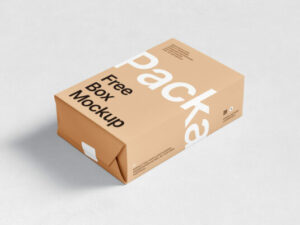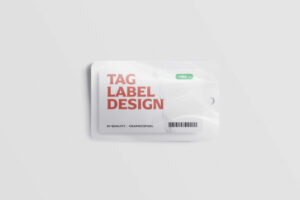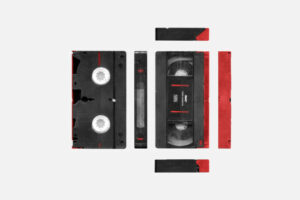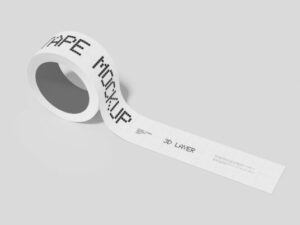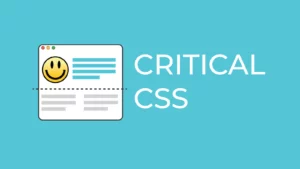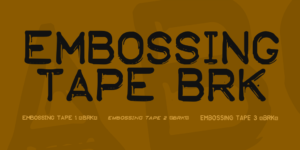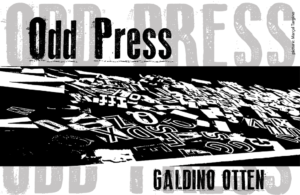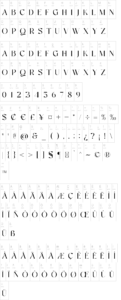In today’s fast-paced digital world, website speed is crucial. If your site loads slowly, visitors will bounce—and search engines may penalize you. Fortunately, there’s a powerful way to boost performance and improve SEO: using a critical CSS generator.
Let’s break down how critical path CSS works, why it matters, and how a generator can help you improve load times and user experience with minimal effort.
What Is Critical CSS?
Critical CSS is the part of your CSS that is needed to style the content visible in the first screen view—called above-the-fold content. Normally, browsers wait to render a page until all CSS is loaded. But with critical CSS inlined into the page, the browser can start displaying content right away.
The rest of the CSS can be loaded later without delaying the first paint.
What Is a Critical CSS Generator?
A critical CSS generator automatically identifies and extracts the essential CSS rules required to render the above-the-fold section of a webpage.
It analyzes your HTML and CSS, finds only what’s needed for the initial view, and gives you a small block of optimized CSS you can inline into your HTML.
This process:
- Speeds up the page rendering
- Reduces render-blocking resources
- Improves Core Web Vitals
- Enhances SEO and user experience
Why Use a Critical Path CSS Generator?
Here are the main reasons developers and marketers turn to critical path CSS generator:
🚀 Faster Load Times
By eliminating unnecessary render-blocking styles, your page becomes visible faster—even on mobile or slow networks.
📈 Improved SEO
Google uses page speed as a ranking factor. Faster pages tend to rank higher.
✅ Better Core Web Vitals
Metrics like Largest Contentful Paint (LCP) improve when pages load critical content sooner.
💡 Enhanced UX
Users see content faster, leading to lower bounce rates and better engagement.
How to Use a Critical CSS Generator
You don’t need to be a coding expert. Here’s how to get started:
-
Choose a Tool
Some popular options include:
- Critical (Node.js tool for developers)
- Penthouse (JavaScript-based, CLI-compatible)
- CriticalCSS.com (easy online generator)
- Sitelocity (free browser tool)
-
Generate Critical CSS
Input your website URL or code. The tool will scan the page and provide a small CSS block with just the styles needed for above-the-fold rendering.
-
Inline the CSS
Paste the critical CSS into your <head> like this:
<style>
/* Your critical CSS here */
</style>
-
Load Full CSS Later
Defer the rest of your styles so they don’t block rendering:
<link rel=”stylesheet” href=”styles.css” media=”print” onload=”this.media=’all'”>
<noscript><link rel=”stylesheet” href=”styles.css”></noscript>
Best Practices
- Customize per page type – Homepages, product pages, and blog posts all have different critical paths.
- Keep it minimal – Only inline what’s truly needed.
- Test regularly – Site design changes? Re-generate your critical CSS.
- Automate – Use build tools (Webpack, Gulp) for large or dynamic sites.
Who Should Use It?
- Developers – For optimizing frontend performance.
- SEO Specialists – To improve technical ranking factors.
- Marketers – To reduce bounce rates and boost conversions.
- E-commerce Stores – For faster product page loads and better UX.
Real-World Impact
Websites that implement critical path CSS often see:
- Load time reductions of 30–70%
- Better scores in tools like Google PageSpeed Insights and Lighthouse
- Higher SEO rankings
- Lower bounce rates
Example:
Before critical CSS: LCP = 4.2s
After: LCP = 1.8s
Final Thoughts
A critical CSS generator is a smart, simple way to improve your website’s speed, UX, and SEO. Whether you’re managing a blog, store, or SaaS site, generating and inlining your critical path CSS can deliver real, measurable results.
Don’t let slow loading hurt your traffic. Use a generator, streamline your CSS, and create a faster, better experience for every visitor.





